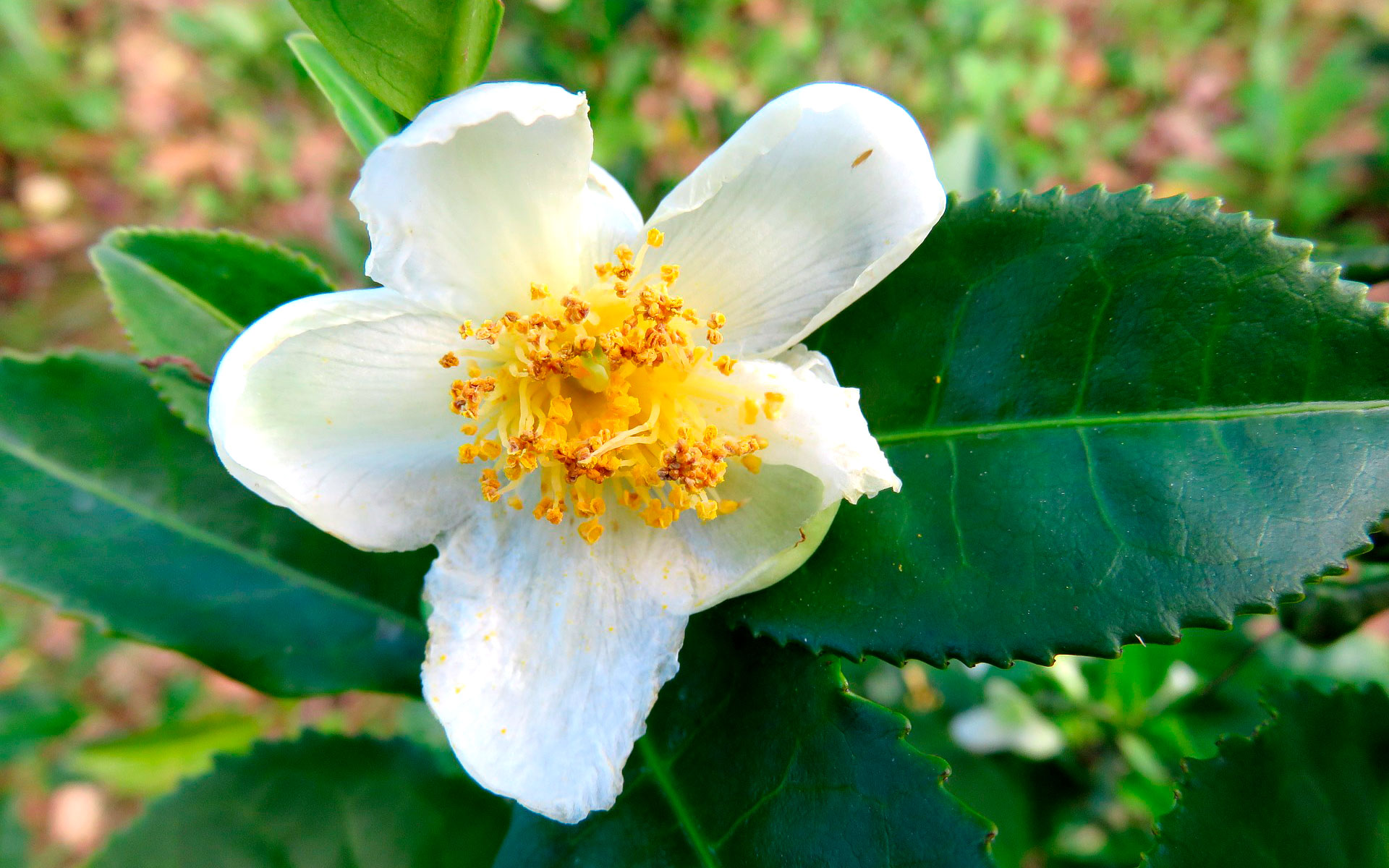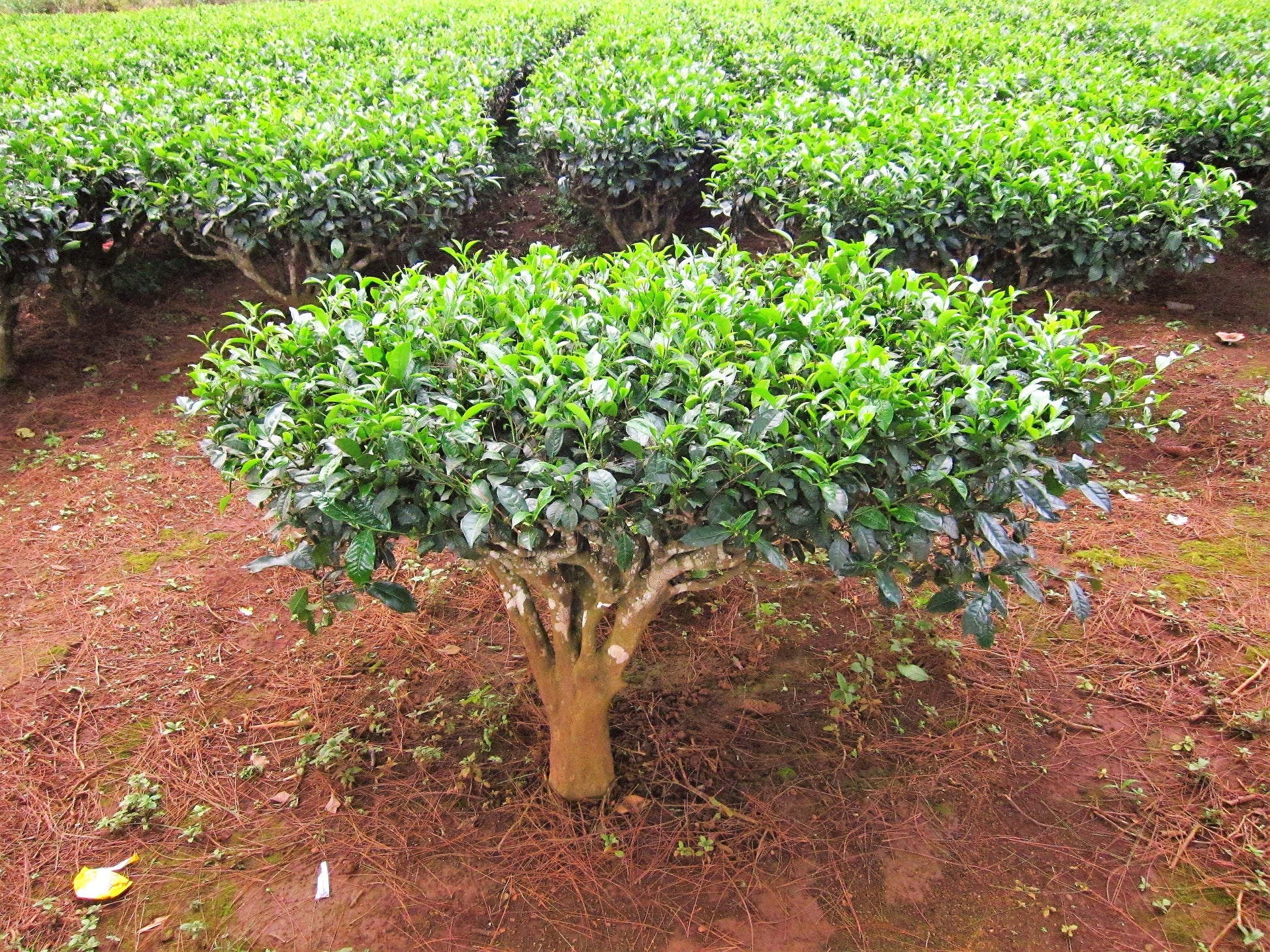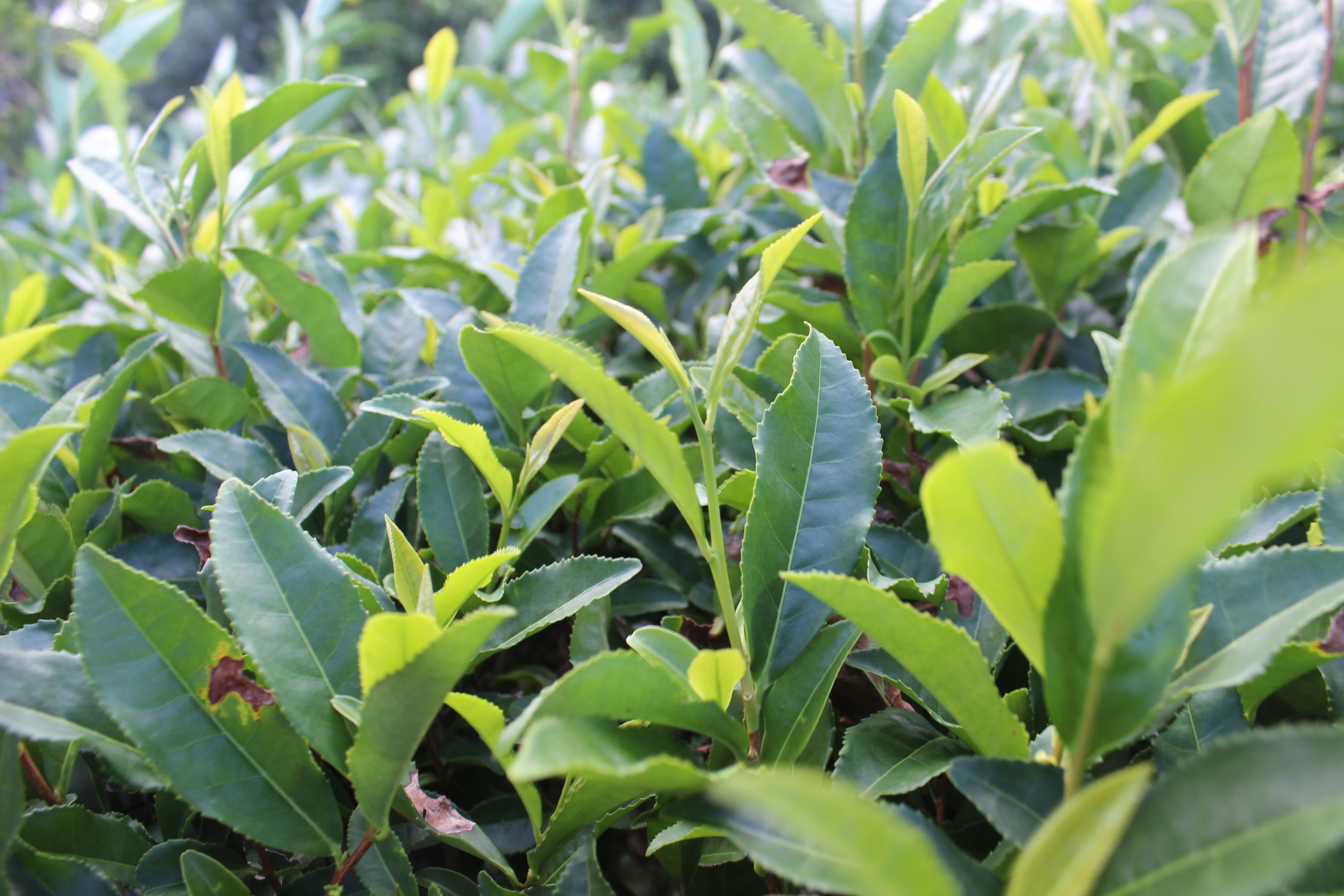Discover the Secrets of Camellia Sinensis: The Versatile Tea Plant Unleashing Its Hidden Potential
What is Camellia Sinensis?
Camellia Sinensis, also known as the tea plant, is a species of evergreen shrub native to East Asia. This remarkable plant is the foundation of the global tea industry, offering a wide variety of teas, each with its distinct flavor, aroma, and health benefits.

The Versatility of Camellia Sinensis
What sets Camellia Sinensis apart is its astonishing versatility. Depending on the processing method, it can produce a vast array of teas, from the refreshing green tea to the bold black tea and the aromatic oolong tea. This plant’s adaptability makes it a staple in cultures worldwide, enjoyed for its invigorating effects and its potential health benefits.

The History and Myth of Camellia Sinensis
The history of Camellia Sinensis is shrouded in myth and mystery. Legend has it that the Chinese emperor Shennong discovered the rejuvenating properties of tea in 2737 BC when a leaf from a wild tea tree fell into his boiling water. Ever since, tea has been revered for its medicinal and spiritual significance, inspiring centuries of tradition and cultural folklore.
The Hidden Secrets of Camellia Sinensis
Beyond its culinary delights, Camellia Sinensis holds hidden secrets that have been passed down through generations. Its leaves, rich in antioxidants and polyphenols, have been used in traditional medicine for centuries to treat a variety of ailments, including headaches, digestive issues, and inflammation. Recent research has also highlighted its potential role in supporting cognitive function, cardiovascular health, and weight management.

Recommended Varieties of Camellia Sinensis
The world of Camellia Sinensis is vast and diverse, with countless varieties to explore. From the delicate Darjeeling tea to the robust Assam tea, each cultivar offers a unique taste and aroma. Whether you prefer loose leaf or tea bags, there’s a Camellia Sinensis tea out there to suit every palate.

Different Types of Camellia Sinensis Tea
Camellia Sinensis tea can be classified into six main types based on its processing method:
- Green tea: Unfermented and heated to preserve its natural color and delicate flavor.
- White tea: Minimally processed and dried, resulting in a light and subtle flavor.
- Yellow tea: Lightly fermented and pan-fried, producing a unique mellow flavor.
- Oolong tea: Semi-fermented, offering a wide range of flavors depending on the oxidation level.
- Black tea: Fully fermented and oxidized, resulting in a robust and full-bodied flavor.
- Pu-erh tea: Post-fermented, developing a distinctive earthy and aged flavor.

Tips for Enjoying Camellia Sinensis
To fully appreciate the flavors and benefits of Camellia Sinensis tea, follow these simple tips:
- Use high-quality tea leaves: Opt for loose leaf or whole leaf teas for optimal flavor and aroma.
- Brew with fresh water: Use filtered or spring water to avoid any impurities.
- Steep for the right amount of time: Each type of tea has an optimal steeping time. Green tea should be steeped for 2-3 minutes, black tea for 4-5 minutes, and oolong tea for 5-10 minutes.
- Add a touch of flavor: Experiment with adding flavors like honey, lemon, or ginger to enhance the tea’s taste.
- Relax and savor: Take a moment to unwind and enjoy the aroma and flavor of your tea.

What is the Difference Between Types of Camellia Sinensis Tea?
The primary difference between types of Camellia Sinensis tea lies in their processing methods. Green tea is unfermented, black tea is fully fermented, and oolong tea falls somewhere in between. This variation in processing affects the tea’s color, flavor, aroma, and caffeine content.
:max_bytes(150000):strip_icc()/camellia-sinensis-definition-765682-01-0068104b77da4df7ae652417958bc4a7.jpg)
Fun Facts about Camellia Sinensis
Did you know that Camellia Sinensis has some intriguing fun facts up its sleeve?
- It’s the most popular beverage in the world after water.
- Tea leaves contain over 500 different compounds, including antioxidants, vitamins, and minerals.
- The Guinness Book of World Records recognizes tea as the most consumed beverage on the planet.
- The world’s most expensive tea, Da Hong Pao, can sell for over $1 million per pound.
- Tea has been used as a form of currency in some cultures.

How to Grow Camellia Sinensis
If you’re feeling adventurous, you can try growing your own Camellia Sinensis plant. Here’s a quick guide:
- Choose a well-drained soil with a pH of 5.5-6.5.
- Plant the tea bush in a sunny to partially shaded area.
- Water regularly, especially during the summer months.
- Fertilize your plant once a month with a balanced fertilizer.
- Prune your plant regularly to encourage new growth.

What if You Don’t Like the Taste of Camellia Sinensis Tea?
Don’t worry if you’re not a fan of the traditional taste of Camellia Sinensis tea. There are plenty of ways to enjoy its benefits without compromising on flavor:
- Add a squeeze of lemon or lime juice to your tea for a refreshing twist.
- Sweeten your tea with honey or maple syrup.
- Mix your tea with fruit juice or sparkling water for a fruity and fizzy treat.
- Use tea leaves to make a delicious marinade or dressing.
- Incorporate tea leaves into your baked goods for a unique flavor.
Listicle: 10 Health Benefits of Camellia Sinensis Tea
Camellia Sinensis tea is renowned for its potential health benefits. Here are 10 of its most notable benefits:
- Boosts cognitive function
- Supports cardiovascular health
- Reduces inflammation
- Improves digestion
- Boosts the immune system
- Protects against cancer
- Promotes weight loss
- Lowers cholesterol
- May prevent neurodegenerative diseases
- Supports healthy skin
Question and Answer
Let’s wrap up with some frequently asked questions about Camellia Sinensis:
- Q: Is Camellia Sinensis safe for everyone to drink?
A: Generally yes, but it’s important to consult a doctor if you have any health concerns or are taking any medications.
- Q: How much Camellia Sinensis tea should I drink per day?
A: Up to 4 cups per day is generally considered safe for most people.
- Q: Can I drink Camellia Sinensis tea before bed?
A: While green tea contains less caffeine than black tea, it’s best to avoid drinking any tea close to bedtime if you’re sensitive to caffeine.
- Q: Is Camellia Sinensis tea addictive?
A: No, Camellia Sinensis tea does not contain any addictive substances.
Conclusion of Camellia Sinensis: The Versatile Tea Plant
Camellia Sinensis, the versatile tea plant, is a true botanical wonder that has shaped cultures and influenced the course of history. Its adaptability, health benefits, and captivating flavors have made it a beloved beverage enjoyed by millions worldwide. From the traditional tea ceremony in Japan to the bustling tea stalls in India, Camellia Sinensis has left an indelible mark on our collective human experience. As we continue to explore its potential, this remarkable plant promises to reveal even more secrets and benefits in the years to come.








